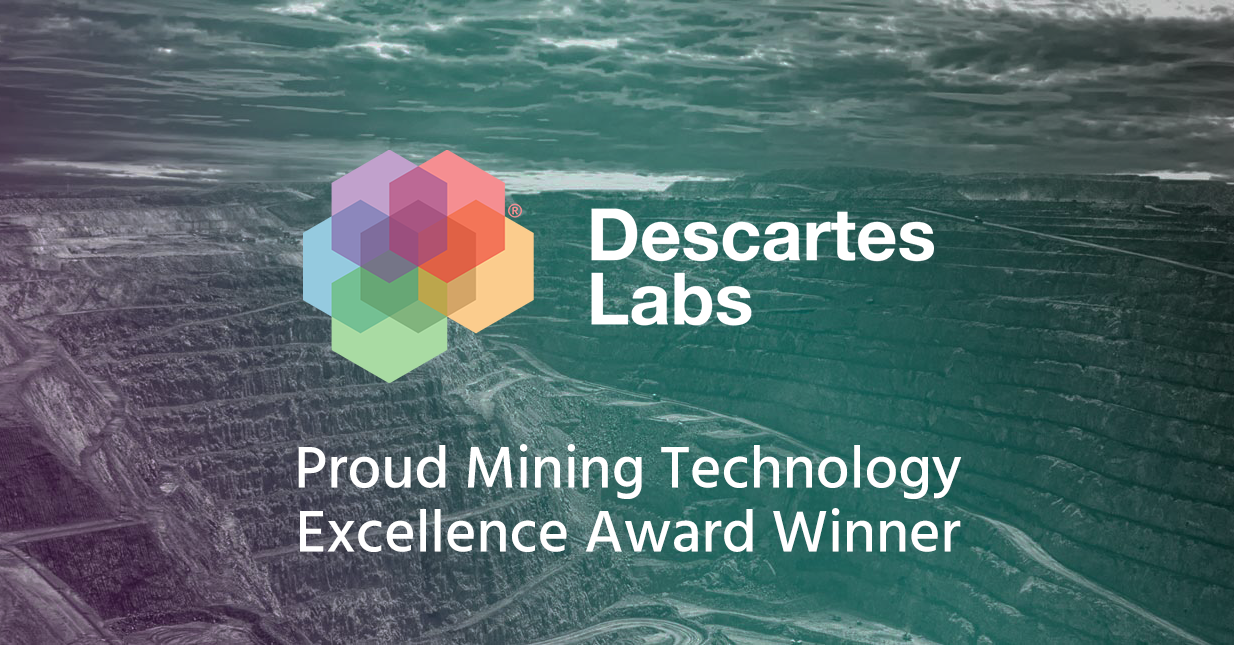Article category: Science & Technology
Custom Kubernetes Scaling via Envoy Metrics
The Descartes Labs Platform runs on Kubernetes and scales from hundreds to tens of thousands of...
Article category: Company News


At Descartes Labs we’ve been using Spinnaker to deploy our services since the Kubernetes V2 provider launched earlier this year. As a company still new to Spinnaker, we were excited to attend Spinnaker Summit in Seattle two weeks ago where we had the chance to see how others are using Spinnaker with Kubernetes and meet some of the awesome community around Spinnaker.

I took the opportunity to talk about our experiences Getting Familiar with Spinnaker and the Kubernetes V2 Provider (on GKE), where I detailed some of our deployment pipelines. After showing how we use a replica Kubernetes cluster for blackbox tested canaries I demoed how we propagate to production based on Istio generated metrics. I then outlined pipelines for high velocity deployments from Google’s Container Registry using the V2 PubSub trigger and linked to a Halyard customization script which configures those integrations for us automatically.
Edit: You can watch my Spinnaker Summit talk here.

Big takeaways for Descartes Labs:
I wish I could have seen more talks, but these were some of my highlights:
Spinnaker, Borg and Annealing — Pim van Pelt from Google led a discussion panel detailing a Kubernetes Bridge that allowed Spinnaker to manage Borg infrastructure through Kubernetes custom resource definitions. This facilitated discussion around Google’s Annealing tool which continuously drives internal Google infrastructure towards a declarative DAG encoded representation of desired state. At the end of the presentation Pim asked us to complete this survey if we are interested in seeing this open sourced (yes please!).
Declarative Spinnaker — The Council of Robs discussed why we want declarative infrastructure management (aka Annealing, see above) and what this would look like in Spinnaker.
Gluing It All Together — Oleg Atamanenko from Kublr walked the audience through a Kubernetes V2 deployment strategy leveraging Istio VirtualServices for high granularity canaries/blue-green deployments while using Istio metrics for automated canary analysis.
Schibsted — I caught two great talks by Schibsted folks. Over three thousand deployment pipelines, impressive pipeline templating infrastructure, dynamic evaluation of pipelines as artifacts with full provenance and reproducibility of pipeline execution... these folks are doing a great job of highlighting the scalability and extensibility of Spinnaker.

It was great to see what a strong and considerate community Spinnaker is fostering. I really hope to make it back next year.

Article category: Science & Technology
The Descartes Labs Platform runs on Kubernetes and scales from hundreds to tens of thousands of...

Article category: Mining, Company News
Descartes Labs Wins Three of the 2024 Mining Technology Excellence Awards in the Innovation,...

Article category: Mining, Science & Technology
Remote Sensing for Mining Applications with Sahiba Sachdeva for Mining Journal.

Article category: Mining, Science & Technology
A retroactive analysis of the Çöpler Mine disaster that occurred on February 13, 2024, using remote...